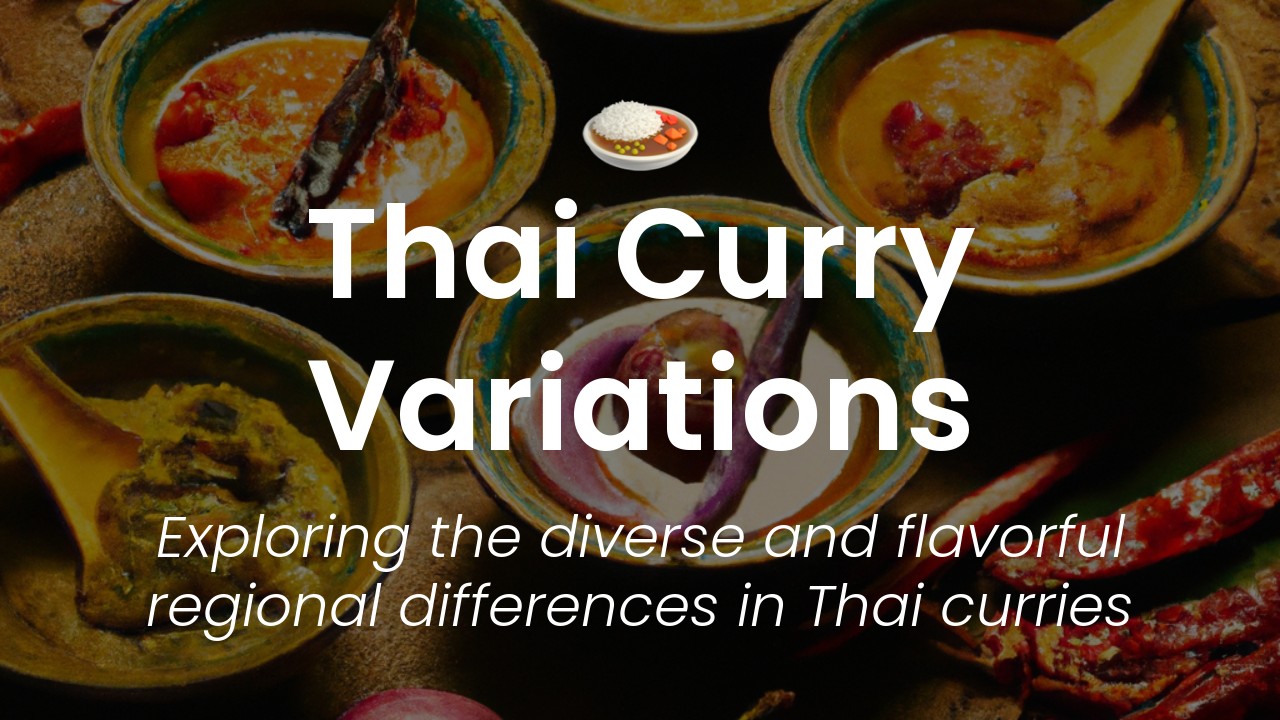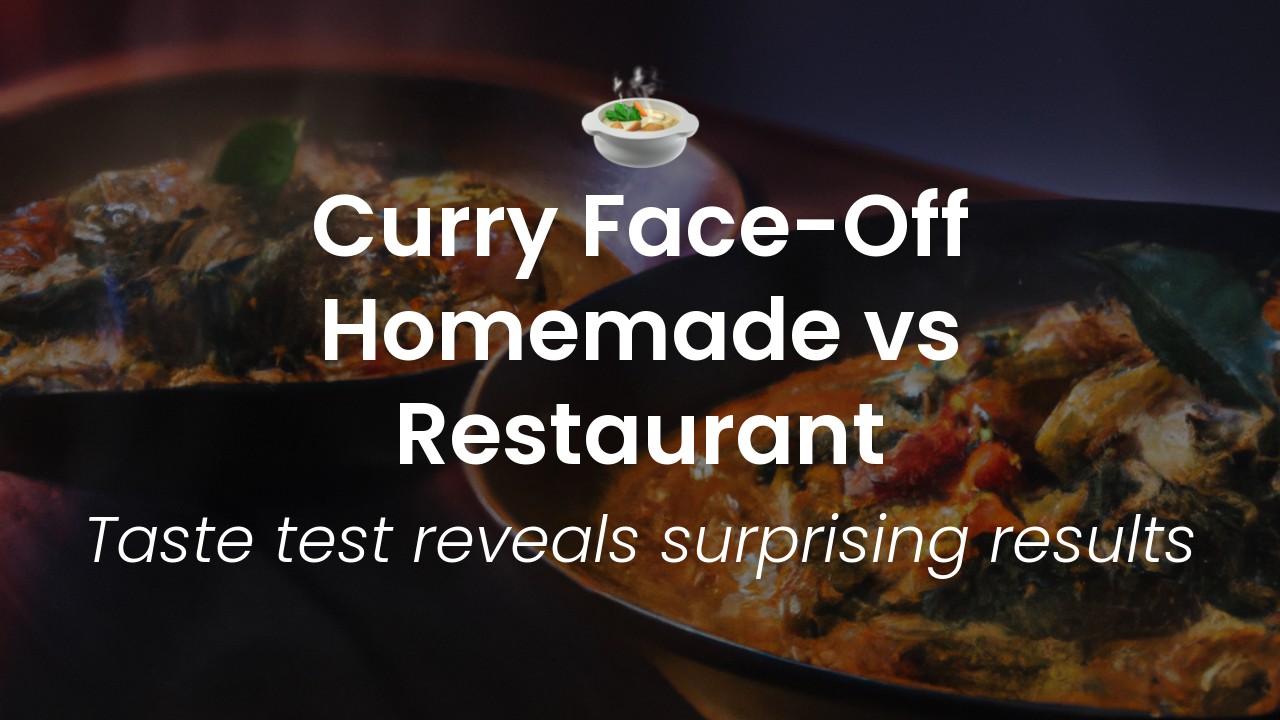Hello everyone! I am Sirinya, and in this blog post, I'm excited to share with you the secret behind one of the most authentic and flavorful Thai dishes, Jungle Curry. This dish has gained quite a reputation among locals, travelers, and foodies alike, and for good reason.
Jungle Curry, or "Gaeng Pa" as it's known in Thai, is a spicy hot curry that traditionally doesn't contain any coconut milk, which sets it apart from other famous Thai curries like Green Curry and Red Curry that use the creamy extract from fresh coconuts. People who are visiting or living in the northern and northeastern regions of Thailand may come across this zesty dish served with some rice and vegetables, bamboo shoots or assorted meats like pork, chicken or fish.
Jungle Curry dish roots can be traced back to northern Thailand, where the dense forests and jungle provided people with an abundance of herbs, spices, and wild game, unlike traditional curries that may incorporate the use of coconut milk, a product that is mainly cultivated in tropical coastal areas in southern Thailand. In this way, Jungle Curry reflects the resourcefulness and creativity of northern Thai people who had to work with and adapt to the available ingredients in their surroundings.
Origins of Jungle Curry in Northern Thailand
If there's one dish that's synonymous with Northern Thai cuisine, it's jungle curry or "gaeng pa" as it's called in Thai. This fiery, aromatic dish is a staple in many Thai households, yet its origins remain somewhat of a mystery. Some believe that jungle curry first gained popularity among the Karen tribespeople who live in the hills of Northern Thailand. Others say that the recipe was created by the Khon Muang people, who once ruled the region. Whatever the case may be, jungle curry has become an integral part of Northern Thai culture, and its popularity shows no signs of slowing down.
Unique Flavor Profile and Ingredients Used
One of the things that sets jungle curry apart from other Thai curries is its unique flavor profile. Unlike other curries that rely heavily on coconut milk, jungle curry is made with a fragrant and spicy blend of herbs and spices. The ingredients used in jungle curry vary depending on the region and the chef, but some of the key ingredients include lemongrass, galangal, kaffir lime leaves, turmeric, and coriander. Other ingredients that can be added for extra heat and flavor include bird's eye chilies, shrimp paste, and ginger.
Traditional Cooking Techniques and Equipment
Traditionally, jungle curry is cooked over an open flame in a large, flat-bottomed pan known as a "pa" in Thai. The pan is heated until it's hot enough to sear the meat, and then the herbs and spices are added in layers to create a complex flavor profile. The curry is then simmered over a low flame until the meat is tender and the flavors have melded together.
Evolution of Jungle Curry in Modern Thai Cuisine
While jungle curry has always been a popular dish in Northern Thailand, it's also gained popularity in other regions of Thailand and around the world. As a result, many chefs have put their own spin on the classic recipe. Some chefs have added coconut milk to mellow out the heat, while others have incorporated new ingredients like tofu and vegetables for a vegetarian option. While purists may scoff at these modern takes on jungle curry, the evolution of the dish shows just how versatile and adaptable Thai cuisine can be.
Regional Variations of Jungle Curry
As with most Thai dishes, jungle curry can vary greatly depending on the region where it's made. In Northern Thailand, jungle curry is typically made with pork or chicken and is served with freshly steamed rice. In Southern Thailand, the curry is made with seafood like prawns and fish. In the central region of Thailand, jungle curry is sometimes made with beef or water buffalo. Each regional variation has its own unique flavor profile and cooking techniques, making jungle curry a truly versatile and adaptable dish.
Health Benefits of Jungle Curry
Not only is jungle curry delicious, but it's also packed with health benefits. The ingredients used in the curry, like lemongrass and galangal, are known for their anti-inflammatory properties and can help boost the immune system. Additionally, the use of fresh herbs and spices in the curry means that there's no need for added sugars or preservatives, making it a healthy option for those looking to cut back on processed foods.
Tips for Making Authentic Jungle Curry at Home
If you're looking to make jungle curry at home, there are a few key things to keep in mind. First, it's important to use fresh, high-quality ingredients. While it may be tempting to use powdered spices or pre-made curry pastes, these ingredients won't give you the same depth of flavor as fresh herbs and spices. Additionally, it's important to layer the herbs and spices in the pan to create a complex flavor profile. Finally, don't be afraid to experiment with different ingredients and variations to find the perfect jungle curry recipe for you.
In conclusion, jungle curry is a fascinating dish that has captured the hearts and palates of people all over the world. Its unique flavor profile, regional variations, and health benefits have made it a beloved staple in many Thai households. Whether you're a Thai food aficionado or just looking to try something new, jungle curry is a dish that's sure to delight your taste buds.







